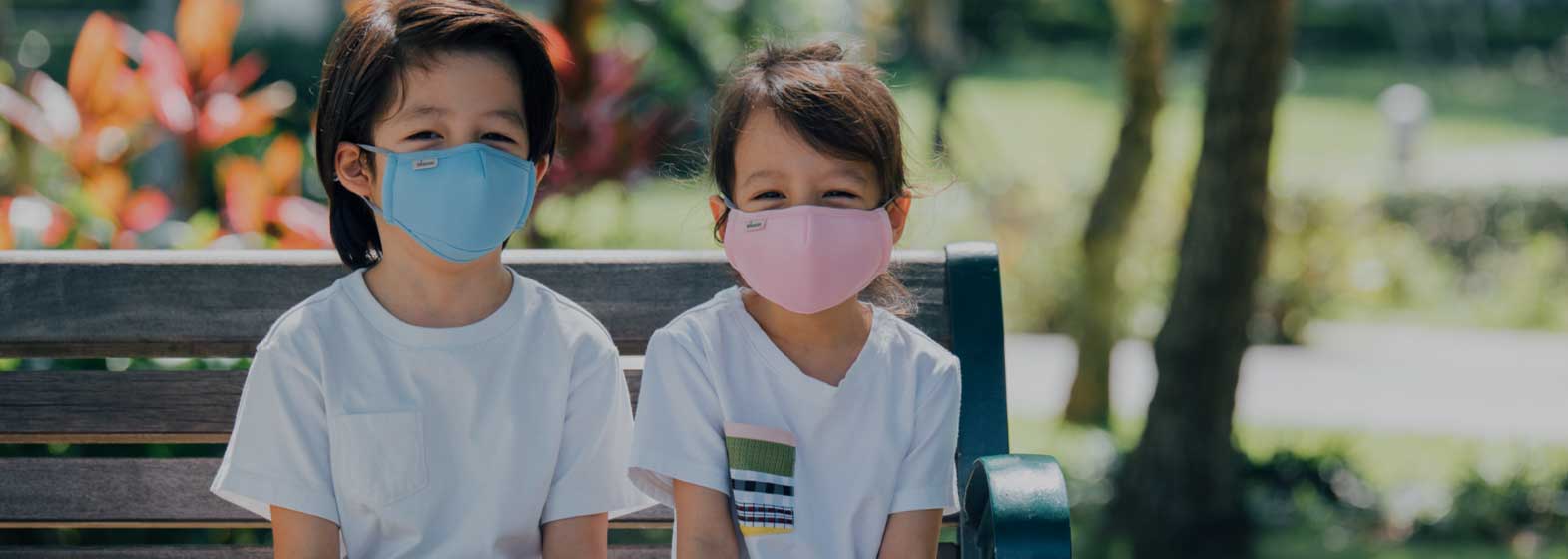
How to stop discarded face masks from polluting the planet
- 2021-04-21
- 2297
You’re out for your daily walk. You see a face mask on the ground. Few want to touch what has shielded someone’s potentially virus-laden breath. So there it lies until it blows away—and that elemental problem is rapidly changing the landscape around the world, from grocery store parking lots to beaches on uninhabited islands.
Vaccines we mastered in record time to combat COVID-19. Litter in the time of the pandemic, it turns out, frustratingly defies solution.
A year ago, the idea that disposable face masks, gloves, and wipes could become global environmental pollutants was not a pressing concern. Personal protective equipment, PPE for short, was seen as essential for preventing the spread of COVID-19. No one imagined just how much of it would be needed, for so long. Then production exploded—and now the litter is inescapable.
In the time since, scientists have built a library of more than 40 studies that document the use and disposal of PPE and model what that looks like on a global scale. Numbers not known then tell the tale now.
Globally, 65 billion gloves are used every month. The tally for face masks is nearly twice that—129 billion a month. That translates into 3 million face masks used per minute.
A separate study reports that 3.4 billion face masks or face shields are discarded every day. Asia is projected to throw away 1.8 billion face masks daily, the highest quantity of any continent globally. China, with the world’s largest population (1.4 billion) discards nearly 702 million face masks daily.
The problems created by PPE litter have arrived at a complicated time in the effort to curb plastic waste. The amount of plastic waste accumulating in the oceans is forecast to triple in the next 20 years, with no real solution on the horizon. If every corporate pledge to use more recycled plastics were kept, the shift would reduce that projected tripling by just 7 percent.
The pandemic has also seen increased production of disposable packaging, as consumers have bought more takeout food, and as bans of single-use plastics, including shopping bags, were suspended because of fears that reusables would spread the virus. Many recycling centres and household waste disposal facilities have been closed or restricted during the pandemic.
What can be done?
Within days after the pandemic was declared last March, Justine Ammendolia, a marine researcher based in Toronto and a National Geographic Society grantee, noticed face masks and gloves in increasing numbers as she took her daily walks. She also noticed lack of structured monitoring of PPE by any governmental or other organisation as it spread throughout the city.
To identify hotspots, Ammendolia herself documented face masks, gloves, and wipes at six sites, including two grocery store parking lots, a hospital district, two residential areas, and a recreational trail. She logged 1,306 items over five weeks last summer. Not surprisingly, the grocery parking lots had the most, followed by the hospital district.
“It’s not the biggest amount of plastic in the world,” she says, “But, the thing is, we’re going to be changed after this event, as is our relationship with disposability. This raises attention to the amount of waste being produced.That is the starting point of the conversation.”
-
 2022-04-26Are air purifiers environmentally friendly ?
2022-04-26Are air purifiers environmentally friendly ? -
 2022-04-26The importance of wearing a mask correctly
2022-04-26The importance of wearing a mask correctly -
 2022-04-27Connexions Air H13 True HEPA Filters
2022-04-27Connexions Air H13 True HEPA Filters -
 2022-04-29What is the use of anion function of air purifier?
2022-04-29What is the use of anion function of air purifier? -
 2022-05-08Standardize the wearing of masks, children should not be missed!
2022-05-08Standardize the wearing of masks, children should not be missed! -
 2022-05-16Hazy days, air purifiers are useful?
2022-05-16Hazy days, air purifiers are useful? -
 2022-05-16Attention everyone! Don't buy fake FFP2 masks! How do we identify?
2022-05-16Attention everyone! Don't buy fake FFP2 masks! How do we identify? -
 2022-05-17Pay attention to secondary pollution when using air purifiers
2022-05-17Pay attention to secondary pollution when using air purifiers -
 2022-05-17TOP5 pollutants that the purifier can purify
2022-05-17TOP5 pollutants that the purifier can purify
-
 2020-06-02Why do Face Masks Matter With This Coronavirus
2020-06-02Why do Face Masks Matter With This Coronavirus -
 2020-06-02How to Wear Mask
2020-06-02How to Wear Mask -
 2020-06-02Three Principles of Choice of Masks
2020-06-02Three Principles of Choice of Masks -
 2020-06-022020 Situation of Mask Market
2020-06-022020 Situation of Mask Market -
 2020-06-17What other preventative measures can you take to protect yourself from airborne substances?
2020-06-17What other preventative measures can you take to protect yourself from airborne substances? -
 2020-06-08The Advantage of Disposable Face Masks
2020-06-08The Advantage of Disposable Face Masks -
 2020-06-093 Ply Disposable Face Mask & Soft & Comfortable Ear Loop
2020-06-093 Ply Disposable Face Mask & Soft & Comfortable Ear Loop -
 2020-06-17What are the regulations for surgical face masks?
2020-06-17What are the regulations for surgical face masks? -
 2020-06-09Do I need to wear a face mask if I am quarantined?
2020-06-09Do I need to wear a face mask if I am quarantined?
CONTACT US


Connexions Technology (Dongguan) Ltd.
We are always providing our customers with reliable products and considerate services.
If you would like to keep touch with us directly, please go to contact us
